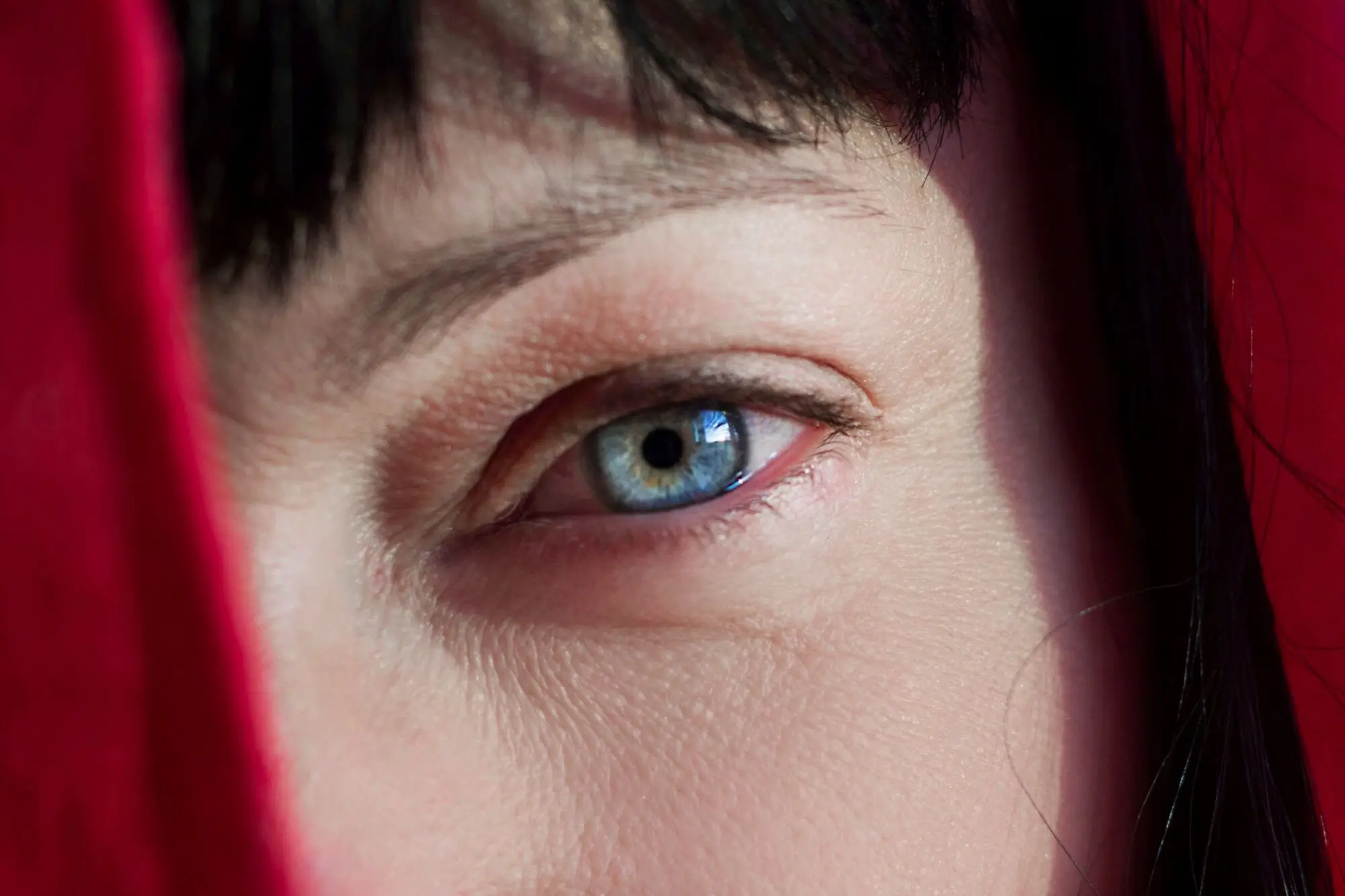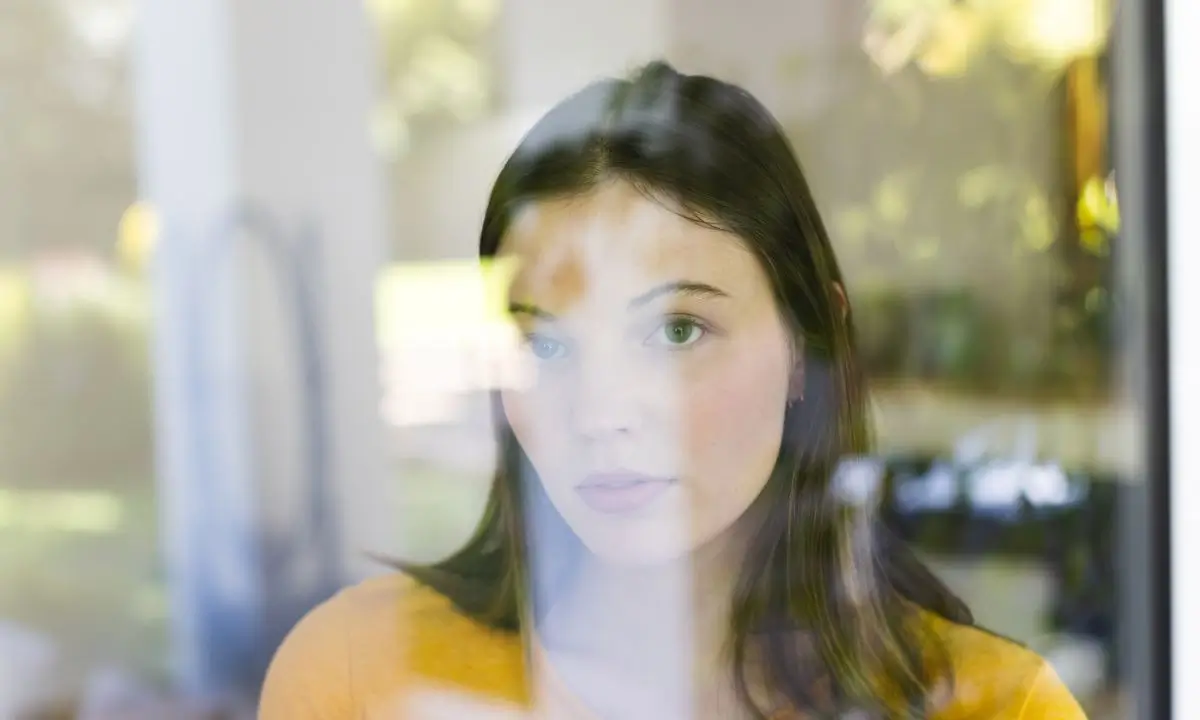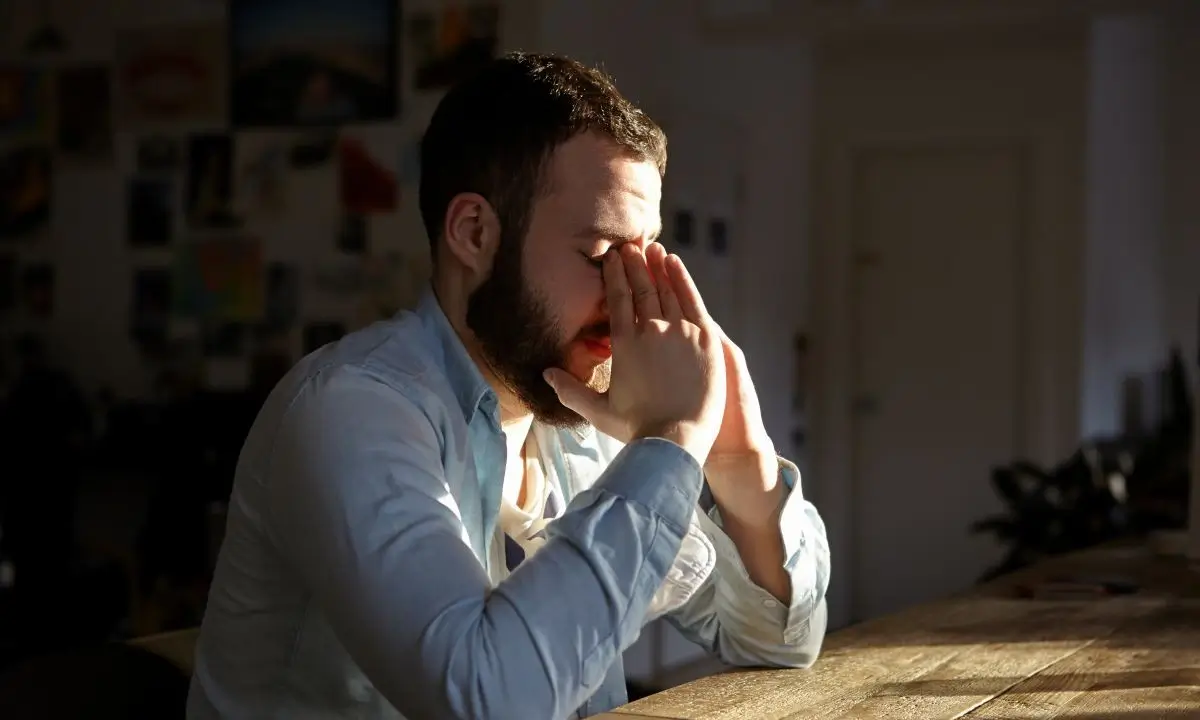Your friend or family member may seem different lately. Their behavior has changed, and there’s something about their appearance that catches your attention. When someone uses heroin, their eyes tend to give them away.
People call these physical changes “heroin eyes.” Learning to identify them could help save someone’s life, as it lets you know when professional heroin treatment may be necessary.
Heroin Eyes: Causes and What They Mean for Addiction
If someone uses heroin, there are various ways the eyes can reveal this:
- Pinpoint pupils (miosis)
- Red, bloodshot eyes
- Droopy, heavy eyelids
- Dark circles under the eyes
- Glassy or unfocused look
Why it happens: Heroin affects the nervous system and slows body functions. It blocks signals that normally control pupil size, so pupils stay tiny even when they should get bigger in dim light. Blood vessels in the eyes get swollen, causing redness.
What it means: The more often you see these signs, the deeper into addiction the person likely is. Regular heroin use means the body now depends on the drug to function normally.
How Long Do Pinpoint Pupils Last?
Redness and droopy eyelids can last longer than pinpoint pupils, which usually last 3-5 hours after heroin use. Several factors affect duration:
- Amount used: More heroin equals longer effects
- Method: Smoking or snorting can last longer than injecting
- Body factors: Weight, age, frequency of use
- Tolerance: Regular users need more heroin to get the same effects
Are Heroin Eyes a Sign of Overdose?
When pinpoint pupils are combined with other symptoms, they can signal a life-threatening overdose. Overdose warning signs:
- Extremely small pupils and slow or no breathing
- Blue lips or fingernails
- Cold, clammy skin
- Won’t wake up when shaken or yelled at
- Gurgling sounds
If you see these signs, call 911 immediately. Naloxone (Narcan) is a crucial tool to help reverse an overdose and is recommended if on hand.
Long-Term Eye Damage from Heroin Use
Using heroin over time can cause serious eye problems:
- Eye infections: Bacteria from unsterilized needles can spread through the bloodstream to the eyes
- Blurred vision: Heroin disrupts eye muscle control, making it hard to focus on objects or read clearly
- Light sensitivity: Chronic constricted pupils can’t adjust properly, so normal light becomes painful
- Vision loss: Severe infections or damage to the optic nerve can cause permanent sight problems
Thankfully, many eye problems improve when people stop using heroin and get treatment.
Heroin Addiction Treatment Options
Heroin eyes don’t have to be the end of the road; treatment options are available for addiction. Treatment can include:
- Medical detox: Creates a stable foundation for intensive treatment
- Counseling and therapy programs: Target individual struggles and needs
- Medication: Reduces cravings
- Support groups: Build community and accountability
With the right personalized support, the recovery process can start. Early treatment is encouraged as it leads to better outcomes.
Don’t Wait: Help Is Available
Heroin eyes are a physical change that shows this potent drug has taken hold of your loved one’s life. Coupled with other concerning signs of drug use, it’s understandable that you may be looking for next steps.
Treatment centers provide a space conducive to recovery, with caring staff who understand addiction. These professionals know how to help people rebuild their lives. It can be the helping hand you’re looking for to support your friend or family member.





